The allure of Alaska is undeniable. Its vast, untamed wilderness, stretching from majestic mountains to pristine coastlines, calls to adventurers seeking solitude and a deep connection with nature. For many exploring the Last Frontier, the most practical and flexible way to travel is by vehicle, turning a car, van, or RV into a mobile basecamp. This raises a crucial question for any road-tripper: Is it illegal to sleep in your car in Alaska?
The answer, like the state itself, is complex and layered. While Alaska is widely regarded as one of the most permissive states for vehicle camping, a patchwork of state regulations, local ordinances, and land-management rules governs where you can legally and safely park for the night. Navigating these laws is essential for a smooth journey, ensuring your adventure isn’t interrupted by a late-night knock on the window from law enforcement. This guide breaks down the rules you need to know, from state highways to remote public lands, so you can rest easy and legally on your Alaskan road trip.
The General Rule: Permissive but Not a Free-for-All
Unlike many states in the Lower 48 that have strict urban camping bans, Alaska does not have a statewide law that explicitly prohibits sleeping in your vehicle. The state’s culture is deeply rooted in self-reliance and respects the practical needs of long-distance travel across its enormous expanse. As a result, the general approach is lenient, with an emphasis on safety rather than outright prohibition. You can legally sleep in your car along most highways as long as you are not parked in the road itself or in the median.
However, this broad permission is not a blank check. The legality of where you park overnight depends heavily on who owns or manages the land. The rules for a state park are different from those for a city street, and a Bureau of Land Management (BLM) pullout has different regulations than a Walmart parking lot. Understanding these distinctions is the key to staying on the right side of the law.
Where You Can Legally Sleep in Your Vehicle
To understand where you can park, it’s crucial to identify the type of land you are on. Alaska’s landscape is a mosaic of federal lands, state parks, municipal areas, and private property, each with its own set of rules.
Rest Areas and Highway Pullouts
Alaska’s Department of Transportation is notably accommodating to travelers. You are generally permitted to sleep in your vehicle at state-maintained rest areas and scenic pullouts. There is no officially posted time limit for how long you can stay, with the primary focus being on ensuring traveler safety rather than enforcing strict occupancy limits. As long as there are no signs explicitly prohibiting “no overnight parking” or “no camping,” you should be fine to stay for the night. This makes highway pullouts a common and convenient option for those traveling between major destinations like Anchorage and Fairbanks.
State Parks and Campgrounds
Alaska’s State Parks offer designated spaces for camping, but they come with more structured rules. Camping, including in a vehicle, is generally restricted to developed campsites or designated camping spaces. You are not permitted to simply pull over and camp within half a mile of a developed campground or a state park road.
There are also time limits to prevent long-term homesteading. In most developed state park campgrounds, you may not camp for more than 15 consecutive days in a calendar year. After reaching this limit, your vehicle and equipment must be removed from the park for at least 15 days before you can return. Park authorities can also post shorter time limits in areas with high demand. Furthermore, quiet hours are enforced, typically between 11:00 p.m. and 6:00 a.m., during which loud noises from generators, stereos, or other devices are prohibited.
Federal and Public Lands (Dispersed Camping)
A significant portion of Alaska is federal public land managed by agencies like the Bureau of Land Management (BLM). These lands often offer the most freedom for “dispersed camping”—the term for camping outside of a designated campground. Generally, you can camp on most BLM public lands for up to 14 days within a 28-day period. After 14 days, you are typically required to move your campsite to a new location at least two miles away. This rule is in place to protect the environment and ensure that prime spots are not monopolized. Always practice Leave No Trace principles, pack out everything you bring in, and avoid damaging vegetation.
Local Rules and City Ordinances: The Critical Exception
While the state may be permissive, individual cities and municipalities have the authority to enact their own, stricter regulations. A recent U.S. Supreme Court ruling affirmed that cities can punish people for sleeping in public places, giving local governments more power to enforce camping bans. This makes it vital to check local laws, especially in more populated areas.
For example, some cities have specific ordinances targeting vehicle residency. In Homer, the presence of anyone sleeping in a vehicle between the hours of midnight and 6:00 a.m. can be considered “prima facie evidence” of illegal camping in certain areas. Similarly, in Ketchikan, it is unlawful to park a vehicle in a commercial parking lot without the express permission of the owner, which can be used to prevent overnight stays. Parking on private property, such as a grocery store or retail lot, is almost always subject to the owner’s permission.
University campuses also enforce their own rules. The University of Alaska Anchorage, for example, has specific parking regulations that govern the use of vehicles on its campus and typically do not permit overnight sleeping.
Areas Where Sleeping in Your Car Is Strictly Forbidden
Despite the general leniency, there are places where sleeping in your vehicle is never allowed.
-
Alaska Marine Highway System: U.S. Coast Guard regulations strictly prohibit passengers from accessing the car deck while a vessel is underway. This means you cannot use your car, RV, or motorhome for sleeping or dining during the ferry journey.
-
Posted “No Camping” Zones: This may seem obvious, but it’s the most important rule to follow. If a sign says “No Overnight Parking” or “No Camping,” it is illegal to stay there, and you risk a fine or being told to move.
-
Private Property: Unless you have explicit permission from the landowner, parking on private property is trespassing. This includes business parking lots, residential driveways, and undeveloped private land.
Safety, Etiquette, and Best Practices
Following the law is only one part of a successful car camping experience in Alaska. Safety and etiquette are just as important.
-
Wildlife Awareness: Alaska is bear country. It is crucial to store food, toiletries, and any scented items in a bear-resistant container or inside your vehicle with the windows rolled up. Never cook or eat near where you plan to sleep.
-
Be Prepared for the Weather: Conditions can change rapidly. Even in summer, nighttime temperatures can drop significantly. Ensure you have a proper sleeping bag, warm layers, and adequate ventilation to prevent condensation inside your car.
-
Leave No Trace: Always pack out all of your trash. Use designated restroom facilities whenever possible. If you are in a remote area, learn how to properly dispose of human waste.
-
Seatbelt Laws: While you can sleep in your car when it’s parked, remember that every occupant of a vehicle must wear a seatbelt when it is in motion. This applies even if a passenger is lying down or sleeping in the back.
-
Stay Discreet: To avoid unwanted attention, try to be inconspicuous. Use window covers for privacy and to block out the midnight sun. Arrive late, leave early, and avoid setting up an elaborate campsite in unofficial areas.
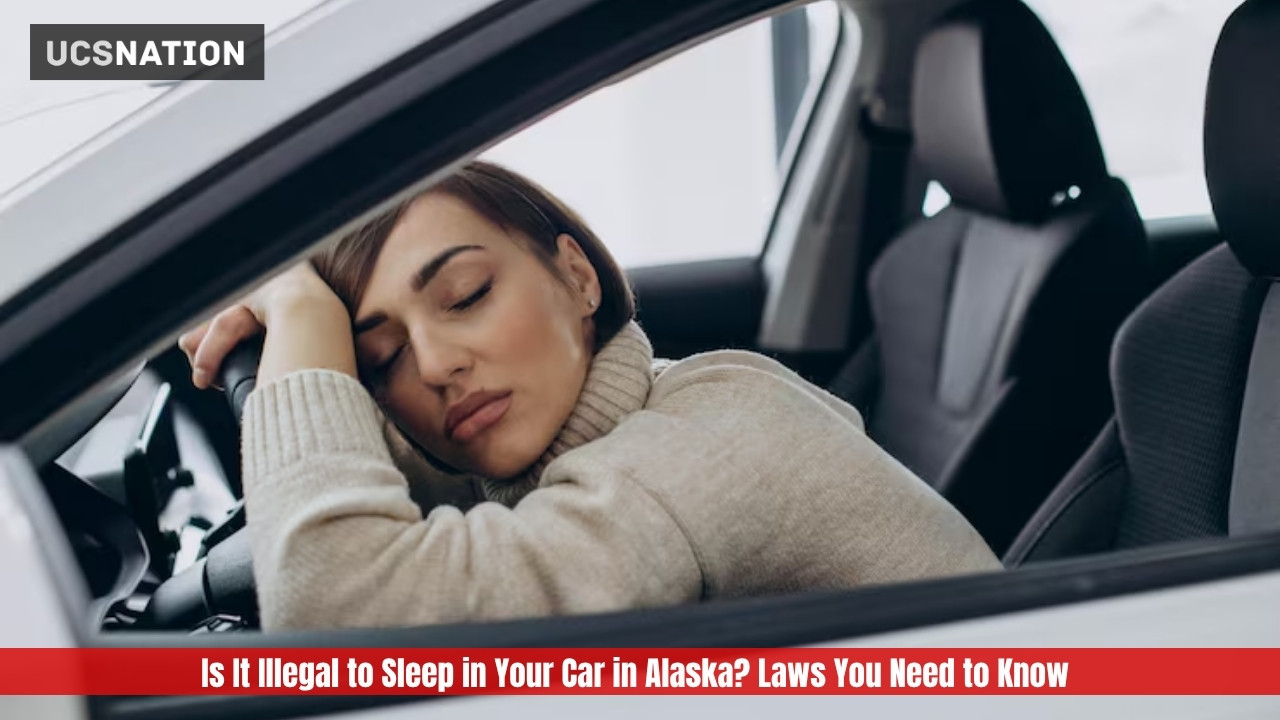

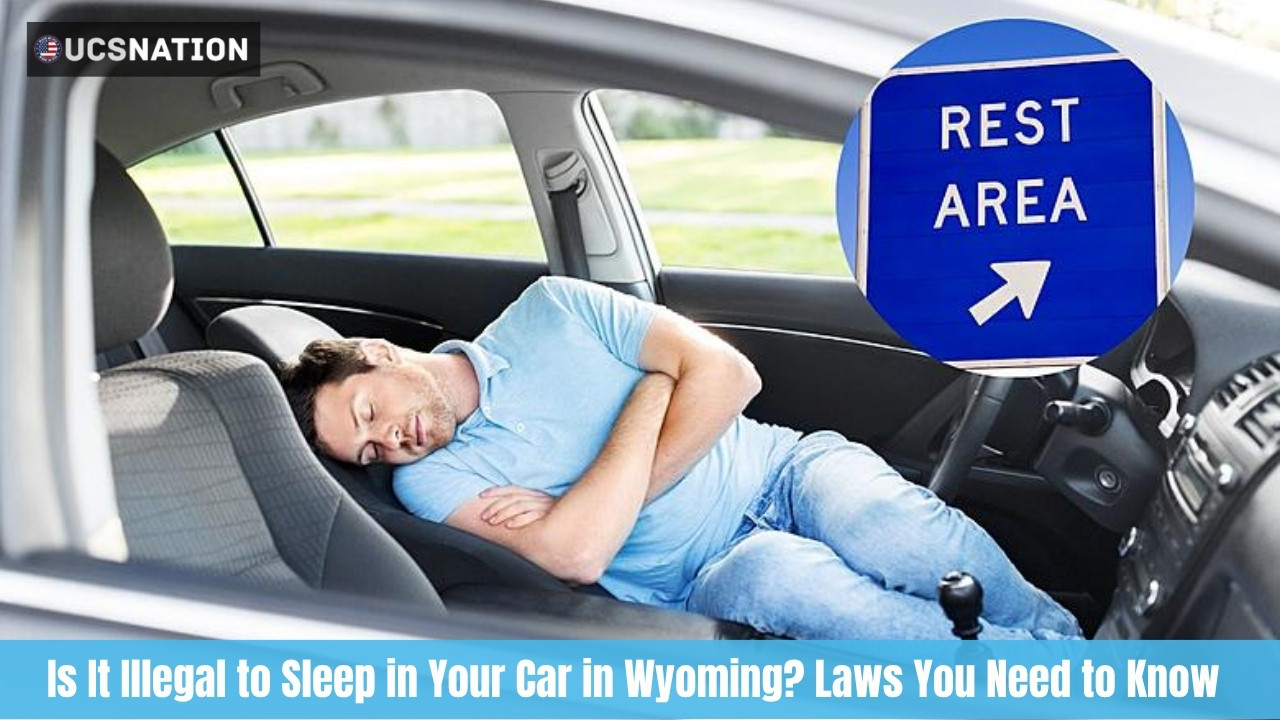
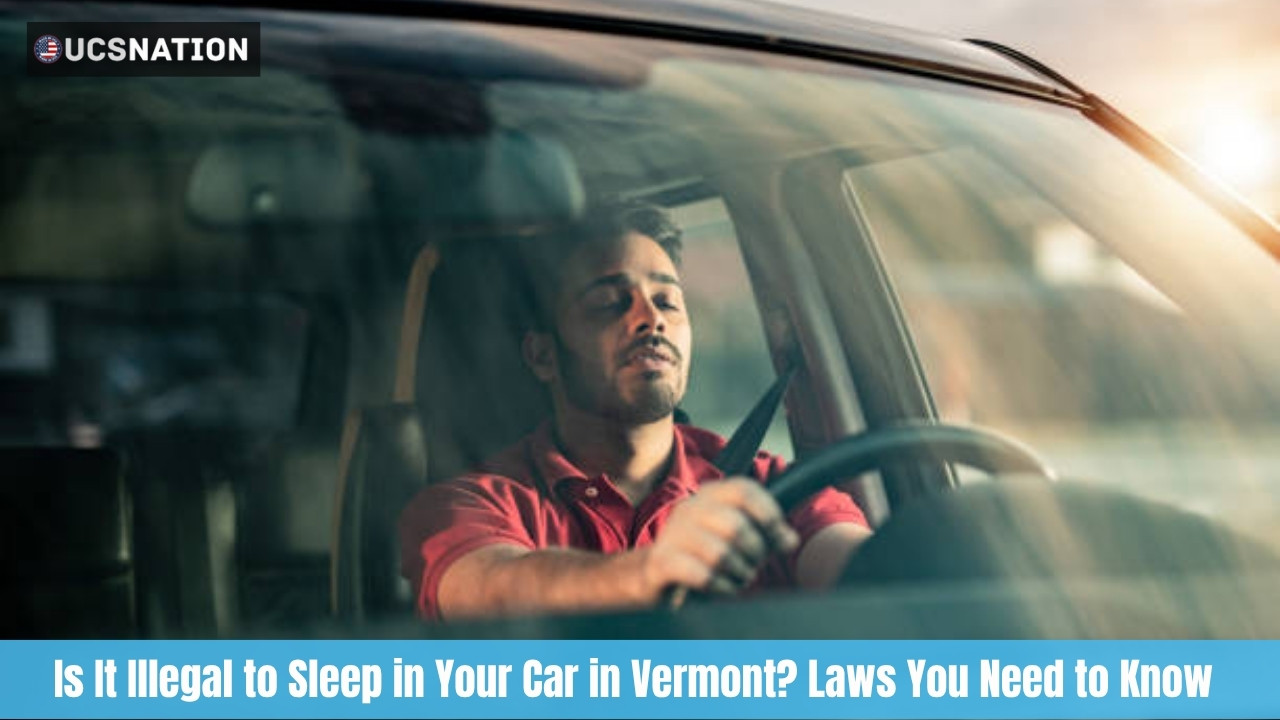
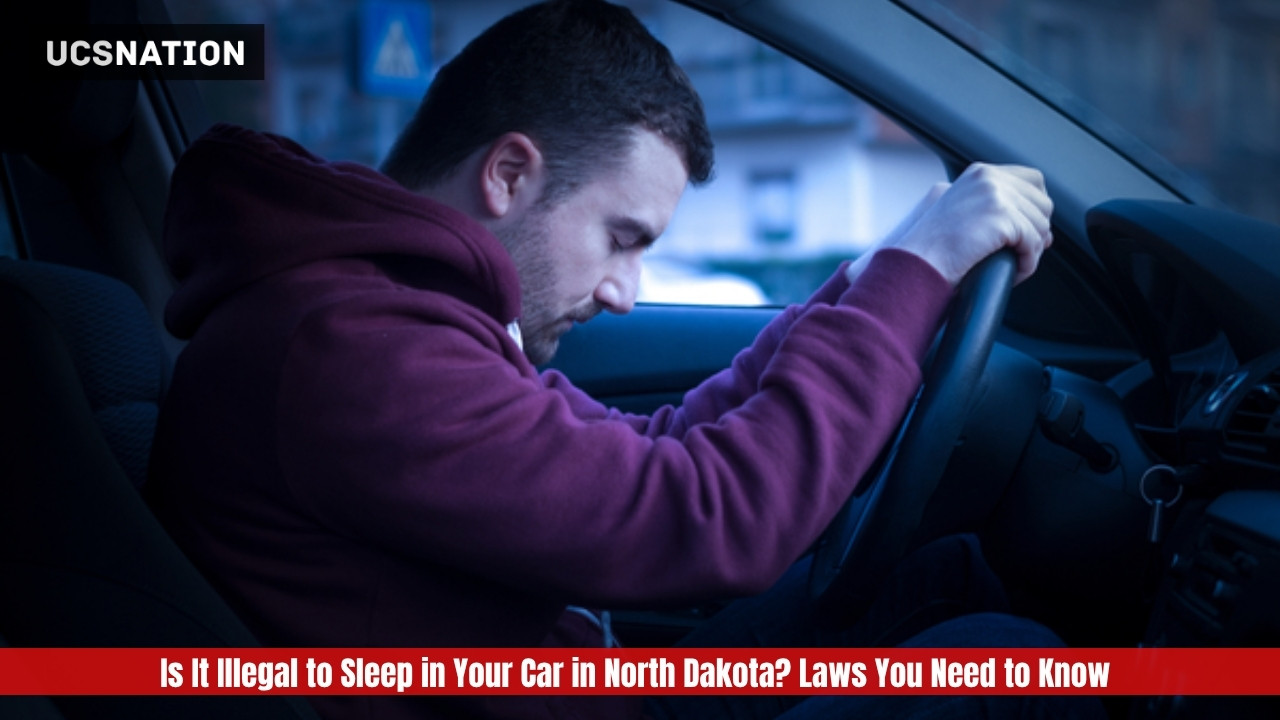
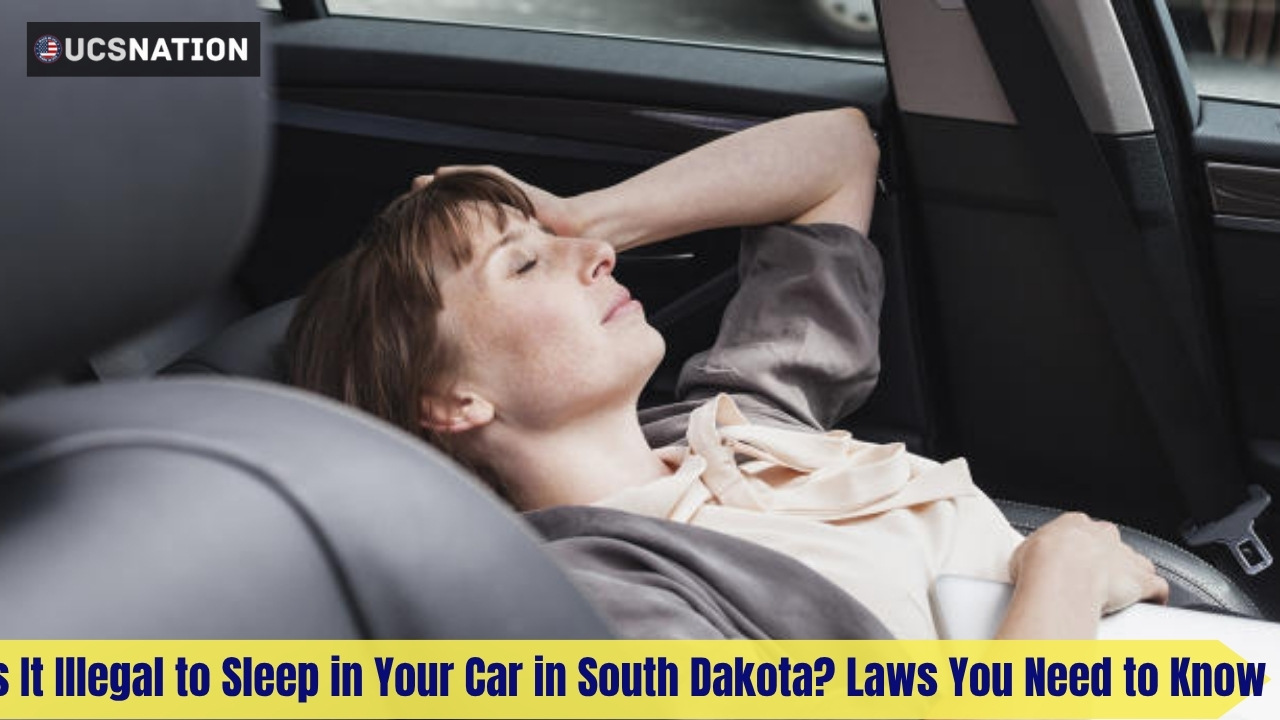

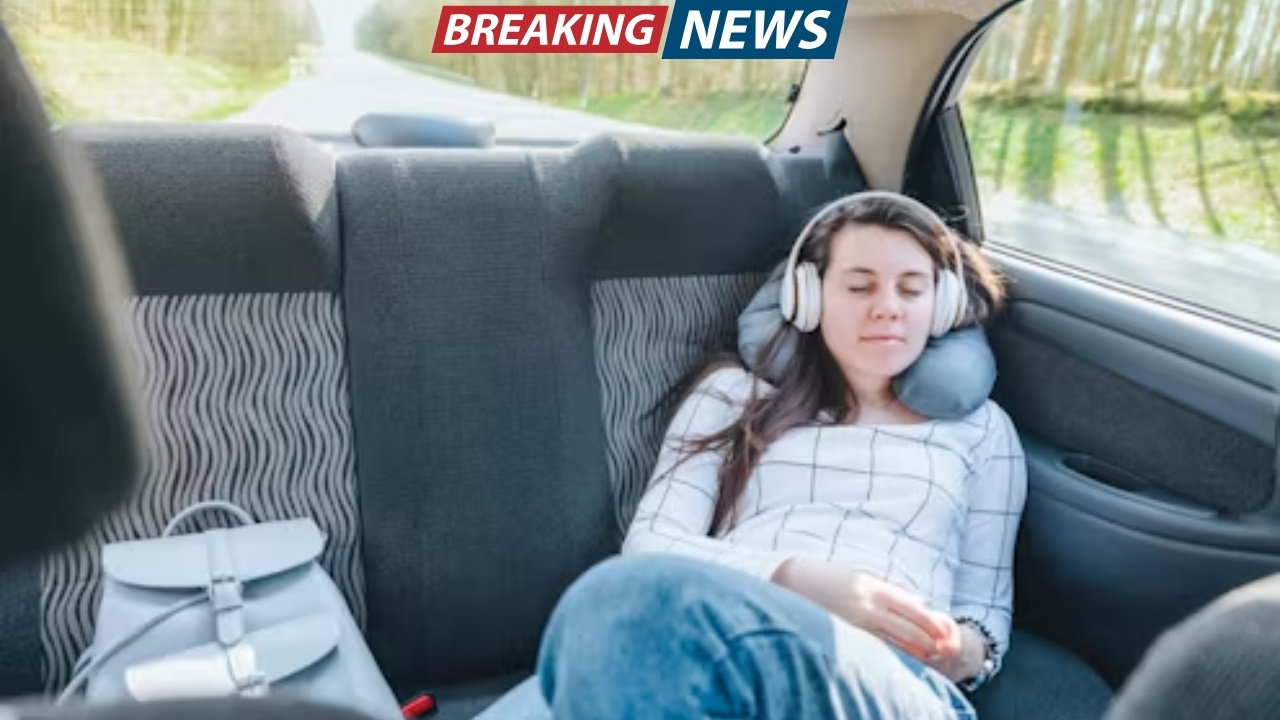
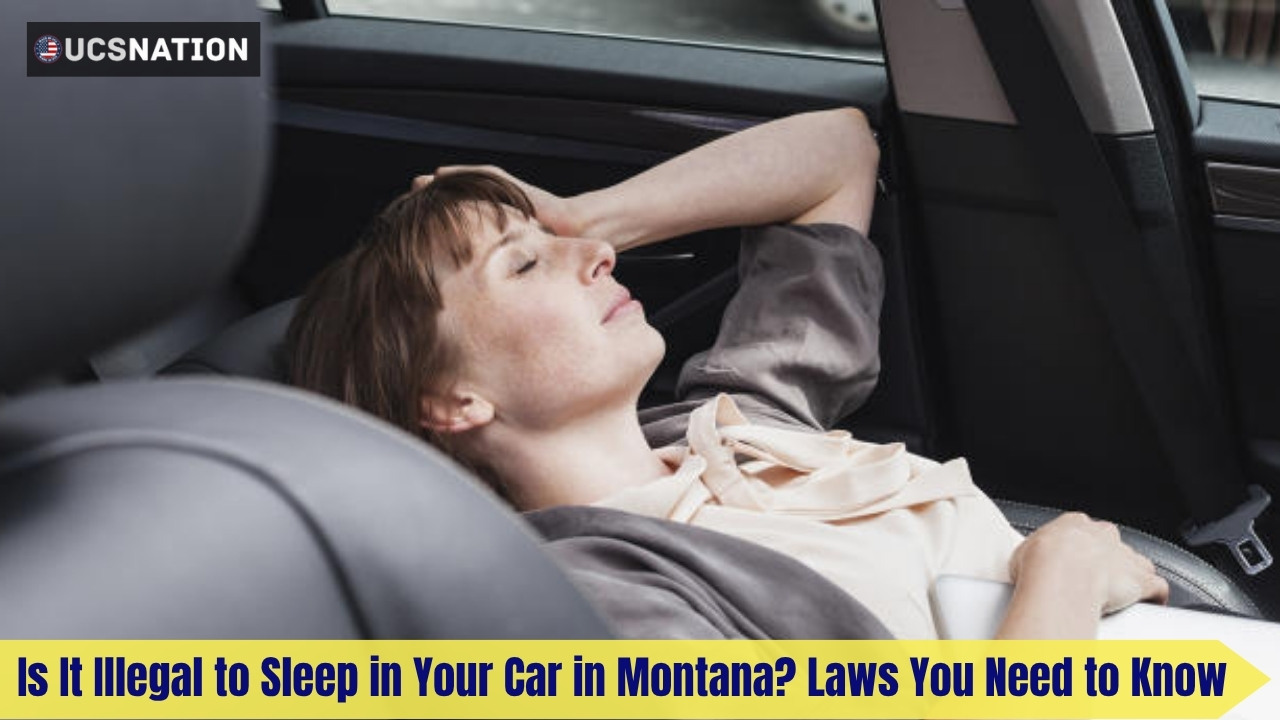

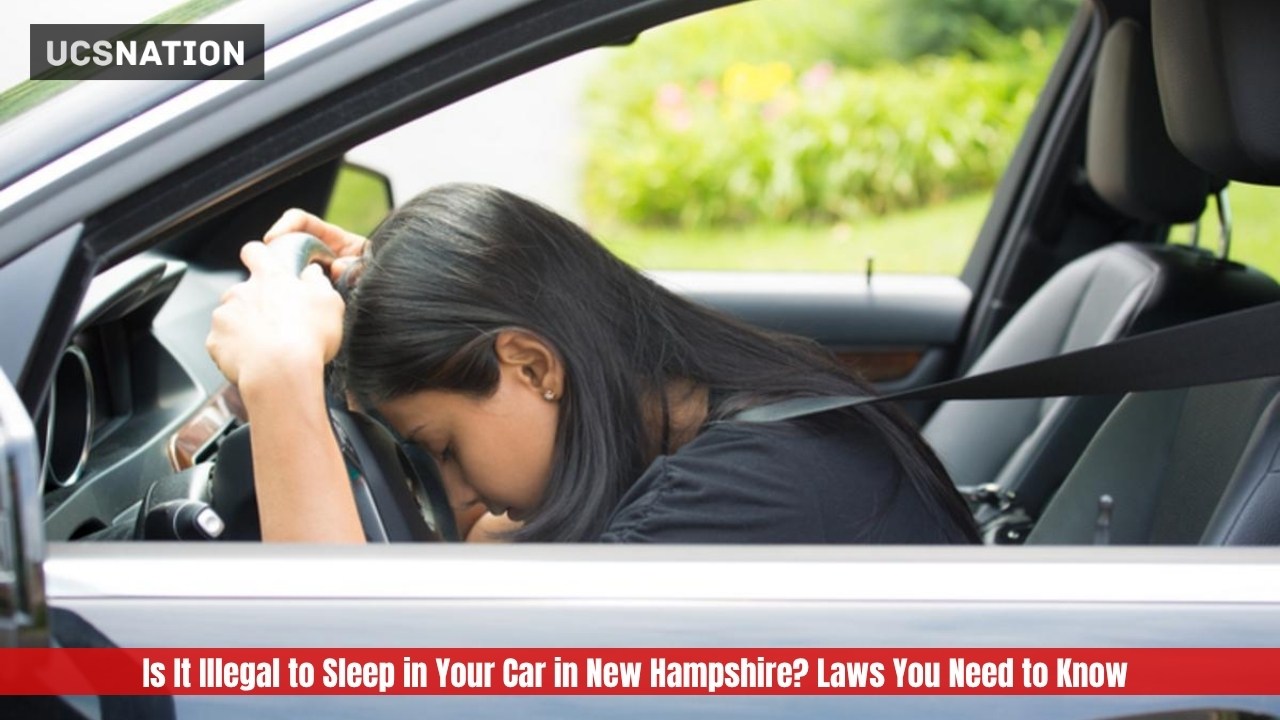



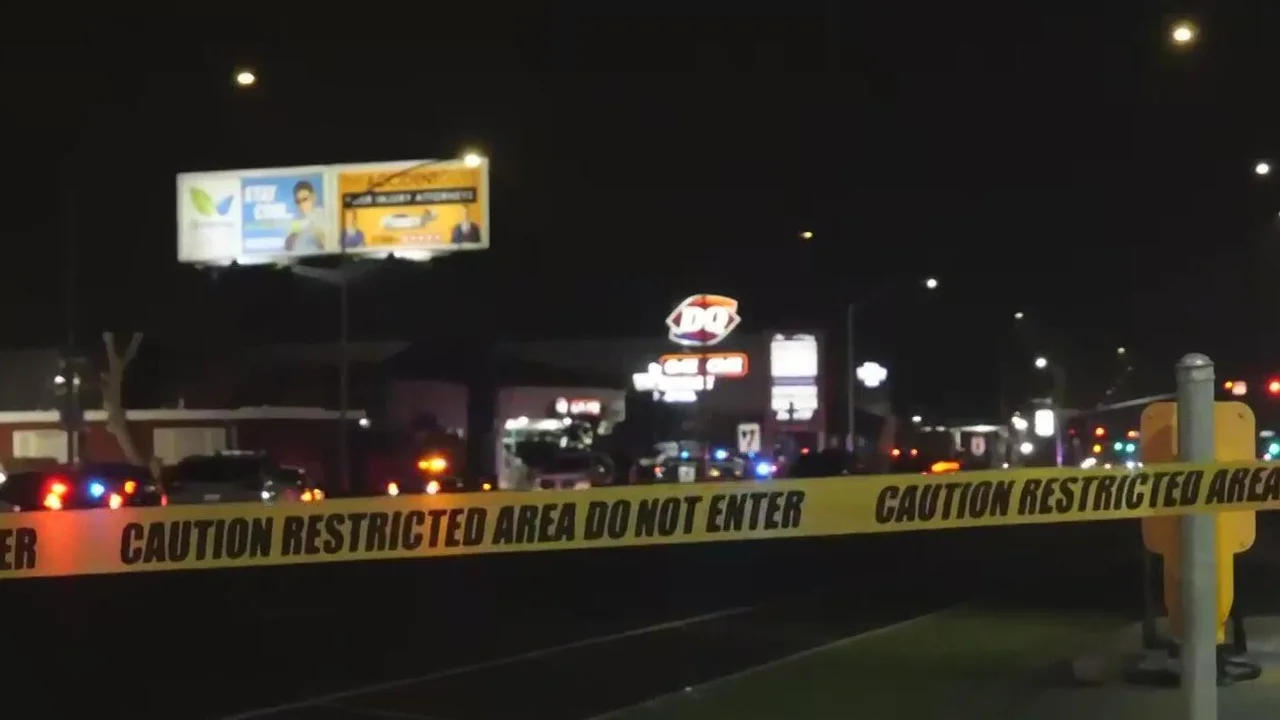
Leave a Reply